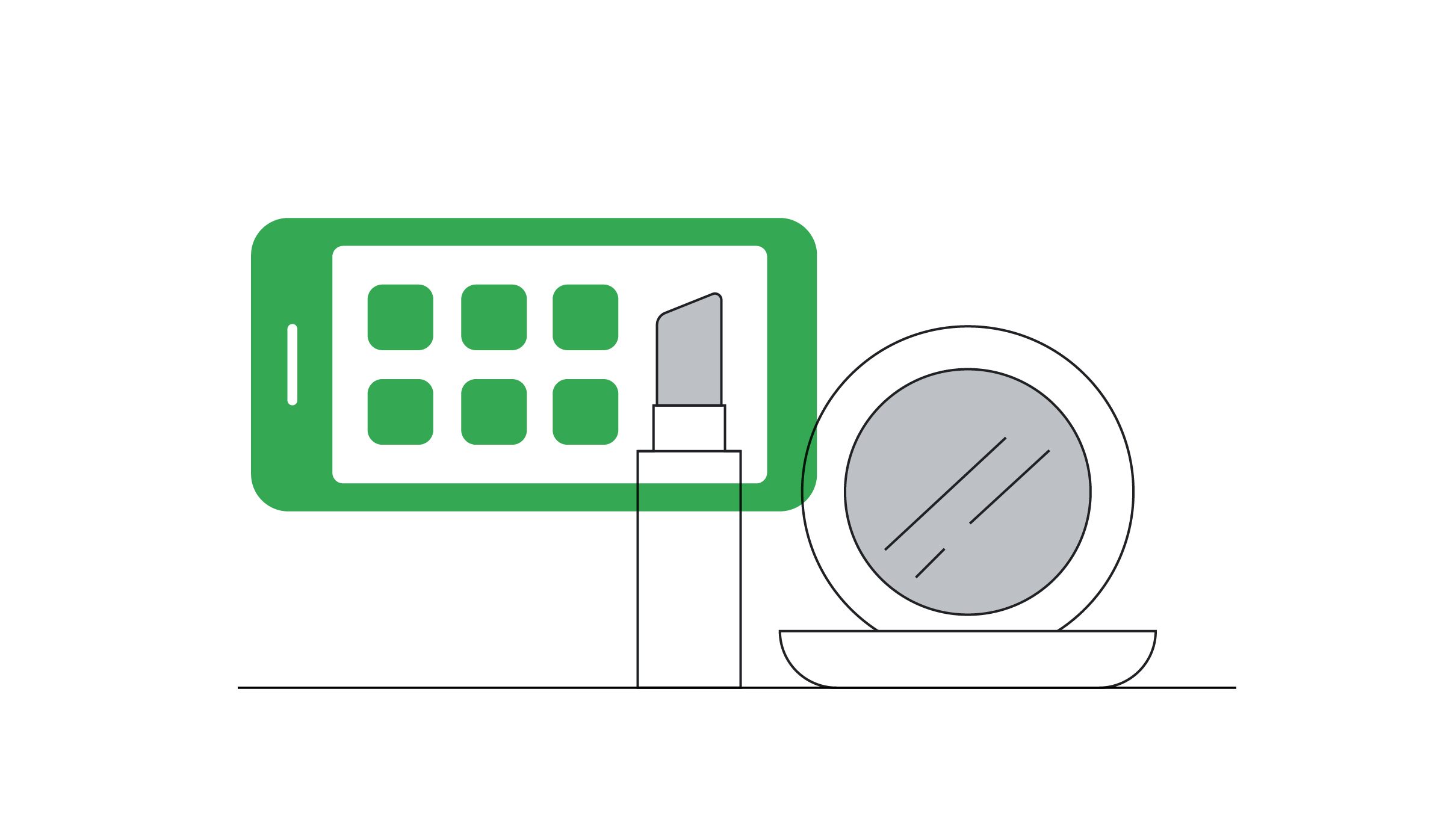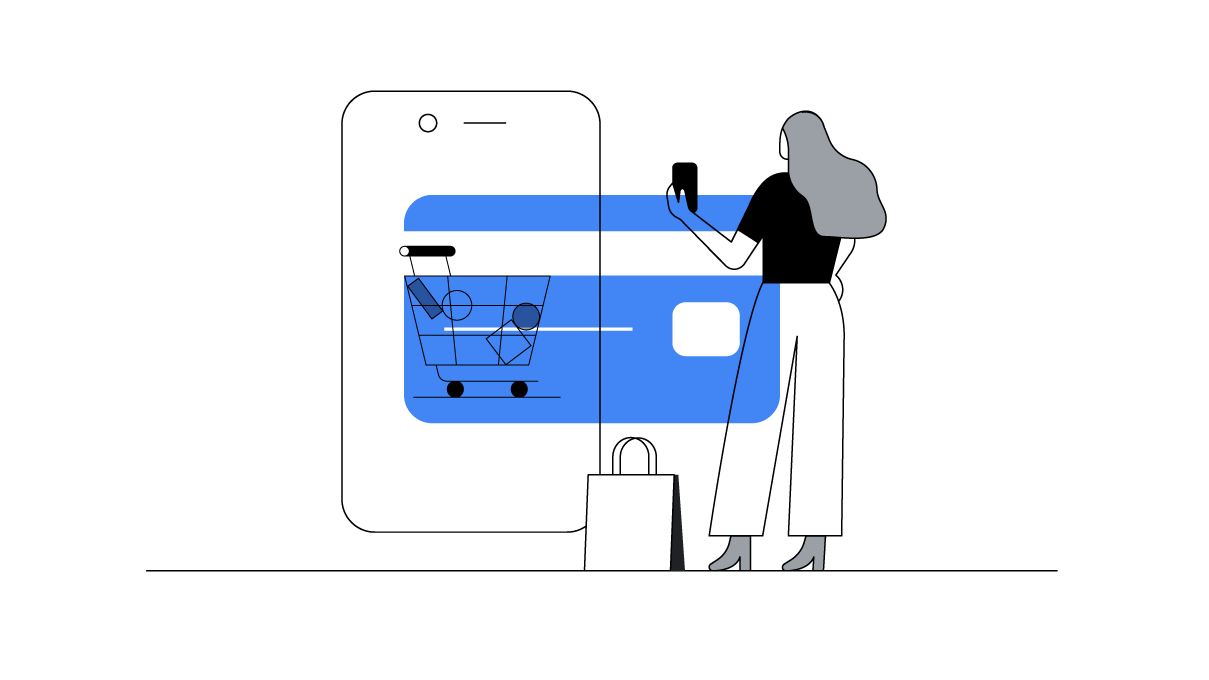As the coronavirus introduced new challenges for people around the globe, consumer spending habits drastically changed and retailers rushed to adapt. Demand for groceries and food delivery spiked, while spending on clothing, beauty, entertainment, and toys took a significant hit.
While many retailers found that their websites were their only storefronts, those businesses considered essential faced a unique set of challenges. Sharp and unexpected increases in sales for items like hand sanitiser or flour, combined with disruptions in the supply chain, led to product inventory shortages. Safety and social distancing protocols, including store closings and changes to hours of business operation, had to be put in place and communicated to customers.

Those anxious customers, meanwhile, want to know when a store is open and if the trip is worth their while before venturing out of their homes. Google Search data reveals that queries around in-stock items grew by 70%, and searches for store closings grew globally by over 300% in the last week of March.1 For example, searches for “clothing stores open” have grown globally by over 900% year over year. Top searches include “are there any clothing stores open near me” and “when will clothing stores open.”2
With so much changing every day and with so many questions, it’s no wonder retail stores are reporting increased customer call volume.
Some retailers are using personalised messaging solutions and tailored communications as a way to get customers the information they need quickly. And at the same time, they’re building relationships that will last well beyond this pandemic. Here are three customer communication strategies these retailers have used. They’re helpful for any retailer preparing to reopen.
Surface the information customers want most
With rapidly fluctuating inventory and temporary store closings, customers need real-time information they can trust. In response, many brands are surfacing important information on the homepage of their websites, in their Business Profile on Google, and through on-hold messages at call centers.
And customers are appreciative: New research found that 50% of U.S. consumers say that brands can be most helpful to them right now by setting realistic expectations regarding availability of, or impact on, their products and services.3

Beyond the availability of products and services, retailers must also communicate how they’re responding to the different ways people now prefer to shop. Sixty percent of customers say that stores can be helpful by investing in services like curbside pickup and delivery.4 And searches for “curbside pickup” have grown globally by more than 3000% year over year.5
As stores provide alternative methods to in-store purchases, communicating updates is critical to ensuring a smooth customer experience, especially for first-time buyers who make up 15% of those who have used curbside pickup since the beginning of March. With methods of consumption changing, err on the side of overcommunication. Your customers will thank you.
Remove the friction from remote help
When customers can’t find the information they need online, their next step is often to pick up the phone. According to research from PricewaterhouseCoopers, 80% of U.S. consumers say that speed, convenience, knowledgeable help, and friendly service are the most important elements of a customer experience; the same percentage of customers acknowledge that it’s often difficult to communicate with a business.
In uncertain times, this gap between expectation and reality can increase. With call volumes now unmanageable, retailers must find new ways to answer customer questions and concerns. One customer call can cost a business anywhere from $5 to $10, so choosing to provide customer service primarily via messaging and live chat can save retailers money and customers time.

Research from Deloitte Digital shows that 59% of consumers say that messaging a business provides a faster response compared to traditional channels. When Safeway, a major U.S. grocery chain, realised call volumes were 20X their usual rate and callers were waiting up to two hours on hold, it decided to provide customers with another way to get in touch.
The company responded by implementing Google’s Business Messages. This allowed customers to connect with their local Safeway store directly through Google Search and Maps via a “message” button, and quickly receive up-to-date information about store hours, pickup and delivery options, COVID-19 precautions, and more. Call volume went down and customer satisfaction improved.
Cameron Craig, VP of digital product design at Albertsons, the parent company of Safeway, said that customers often choose to message the company, rather than place a phone call, now that the option is available. Not only do customers appreciate faster resolution times, but the digital analytics subsequently created by these interactions are helping the company to gain a fuller understanding of customer intent and sentiment, said Craig, which in turn helps Safeway to better serve their customers across channels.
Provide personalised experiences
More and more people are interacting with brands for the first time, and building customer loyalty starts with prompt, useful, friendly, and customised customer communications. In fact, once a customer has a personalised experience, they are 44% more likely to become a repeat buyer, according to Forrester.
Conversational solutions that offer timely, relevant information are among the ways that brands like Safeway are achieving personalisation, while also streamlining communications.
Getting customers the information they need when they need it is elemental to customer satisfaction and retention, and it is particularly important now. Whether answering an inventory question or assuring customers that safety measures are in place, customer communication strategies developed during COVID-19 can have far-reaching implications. Building lasting customer loyalty and trust depends on developing a scalable two-way communication chain to ensure customers have more than what they need, including all the information they want.





